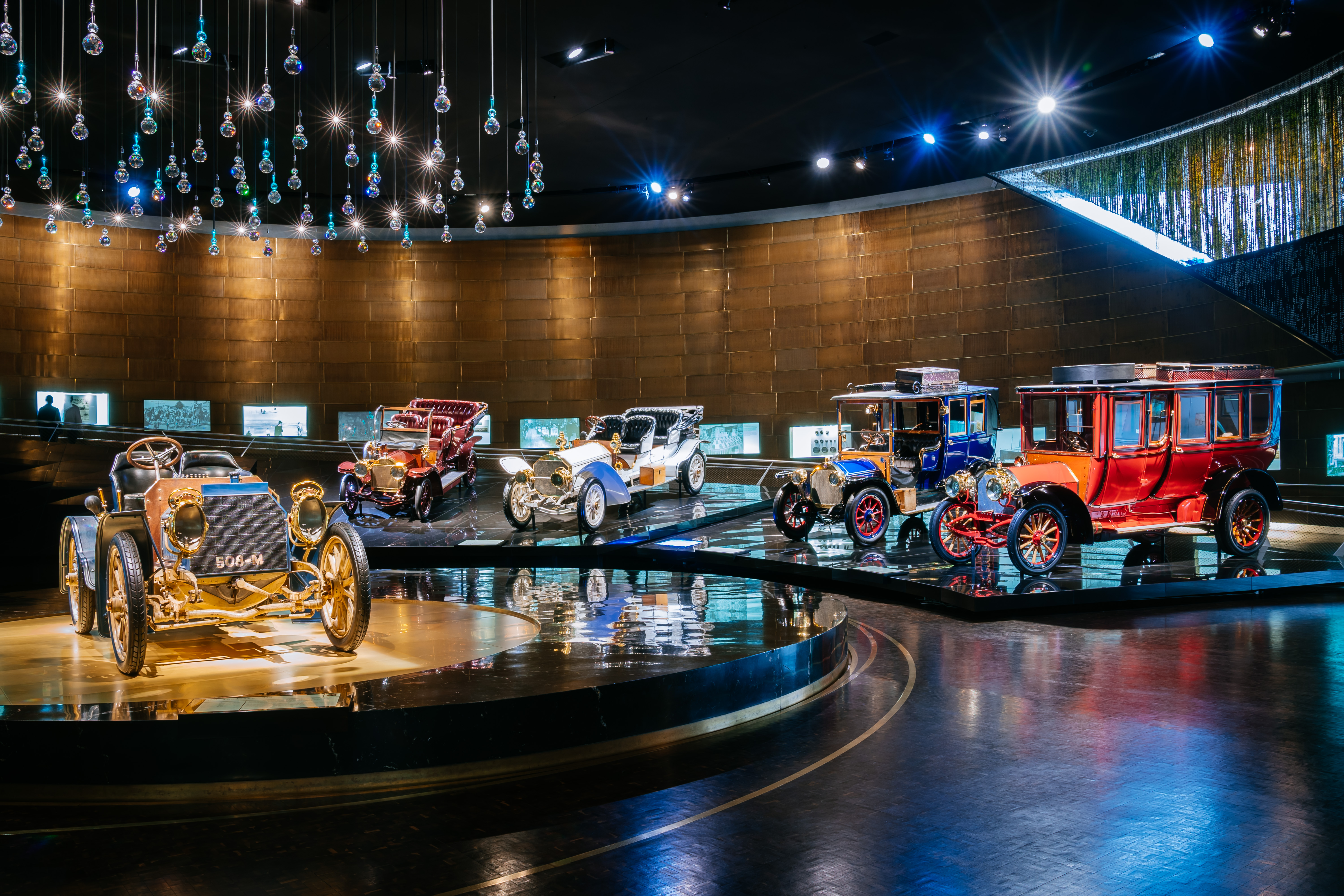Inventors and Inventions from the Stuttgart Region
Many inventions from Stuttgart have enhanced or facilitated people's daily lives. Others have changed the world. And still today more patents are applied for in the Stuttgart Region on average than elsewhere.
It's the year 1883. The row coming from a greenhouse in Taubenheimstrasse 13 is disturbing the peace of Stuttgart's Bad Cannstatt district. The gardener on the premises is perturbed and calls the police, suspecting his employer of secretly forging coins. The ensuing raid, however, can find no proof of illegal goings-on. The cause of the noise turns out to be a construction that resembles a floor clock, but in fact is the very first light, fast-running engine for universal use. Its inventor: Gottlieb Daimler. Five years later, 26-year-old Robert Bosch developed a low-voltage magneto. Spark plugs are still used to ignite the fuel/air mixture in petrol engines today.
Wilhelm Emil Fein, a native of Ludwigsburg, moved to Stuttgart in 1870. Here the precision engineer developed the electric fire alarm, followed in 1885 by the first portable field telephone. Fein is famous for his invention of the electric hand drill in the year 1895, the first step in the development of electric power tools.
In 1926 Andreas Stihl founded the engineering firm "A. Stihl Maschinenfabrik" in Stuttgart-Bad Cannstatt. He was looking for ways to facilitate the heavy physical labour of tree felling for forestry workers. That same year he introduced the "crosscut chainsaw with electric motor". The first motor saw produced by Stihl weighs 48 kg and is a two-man saw. In 1929 the company introduced the first petrol-powered saw, which was followed two years later by the first portable motor saw. Stihl was granted a patent in 1932 for the "3-link patented saw chain with cutting and raking teeth for more efficient chip discharge". In 1944 the company relocated to Waiblingen, and more Stihl motor saws are sold today than any other brand in the world.
In 1935 the engineer Alfred Kärcher founded his own company in Stuttgart-Bad Cannstatt in order to manufacture and sell his product ideas in the field of heating technology. The breakthrough in the cleaning technology sector came in 1950 with the development of Europe's first hot-water pressure cleaner (the "DS 350" steam blaster). The construction for heating the water proved to be so future-oriented that it is still today the basis for all burners. In the late 1930s the company relocated its headquarters to Winnenden and today is a global market leader for cleaning technology.
The Stuttgart businessman Louis Leitz had been working on a practical method of filing and organising documents. He presented his solution to the problem in 1896, in the form of his loose-leaf binder, followed in 1901 by the punch.
Sigmund Lindauer from Bad Cannstatt started to mass-produce brassieres in 1912.
A Swabian of Jewish descent, he took out an imperial patent on the first bra to be "worn next to the skin without wiring". Much to women's delight, this brassiere superseded the corsage, which was stiffened with whalebones, bone or steel.
On 15th September 1921 the Stuttgart furniture manufacturer Karl Mayer filed the imperial patent No. 387569. It was for a football game with a tin figure whose foot could be moved by pressing a button, making it possible to shoot a two-tone "ball" into a goal. Today this TIPP-KICK is a cult. The same applies to "Ahoj-Brause", a fizzy sherbet invented in 1925 by Theodor Beltle, a businessman. While experimenting with bicarbonate of soda, tartaric acid and water, he discovered that carbon dioxide was formed. This was the basis for his "sherbet lemonade powder for all social classes". In those days lemonade was not decried as being fattening; it was an exclusive beverage that not everyone could afford. His lemonade powder was, and still is, a big success. Little has changed in the appearance of the product, either: ever since 1930 there has been a picture of a sailor on the wrapper.
In 1912 Alfred Eugen Ritter and his wife, Clara, founded a chocolate and confectionery factory in Stuttgart Bad-Cannstatt. Owing to lack of space, the business moved to nearby Waldenbuch in 1930. Clara Ritter did not invent chocolate, but it was she who suggested to her family in 1932 that it would be a good idea to produce a chocolate bar "that would fit into the pocket of any sports jacket without breaking, while weighing the same as the normal, rectangular bar", simply "quadratisch, praktisch, gut" ("square, practical, good" – the firm's advertising slogan). This was the birth of the square chocolate bar that was christened "Ritter’s Sport Schokolade".
